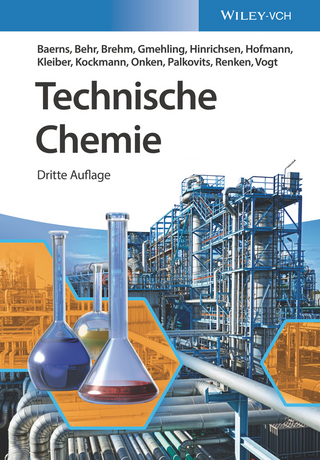
Concrete Durability
Springer International Publishing (Verlag)
978-3-319-55461-7 (ISBN)
Dr. Luis Emilio Rendon Diaz Miron is a doctorate (PhD) in Materials Science from the University of Texas at Austin in 1977. A professor at the (UNINTER) Universidad Internacional de Cuernavaca, Mexico, is also a participant member of the "Mexican Center for Innovation in Ocean Energies" (CEMIE-Ocean). Dr. Rendon Diaz Miron is a chemical engineer from the National Autonomous University of Mexico (UNAM), a member of the Mexican Academy of Sciences, a member of the New York Academy of Sciences, and a member of the American Crystallographic Association. In collaboration with CEMEX he has developed several concrete compositions resistant to biodeterioration and weathering and organized several cement and concrete symposia inside the International Materials Research Congress (IMRC), organized jointly by the USA Materials Research Society and the Mexican Materials Research Society held every year in Cancun, Mexico. Dr. D.A. Koleva (female), assistant professor at Delft University of Technology, The Netherlands, Faculty of Civil Engineering and Geosciences, Department Materials and Environment. Visiting professor at Curtin University of Technology, Perth, WA. She is a chemical engineer with a PhD from TU Delft in 2007, MSc in electrochemical engineering, expert in the field of electrochemistry and corrosion, cathodic protection with emphasis on reinforced concrete structures. Dessi Koleva has performed a pioneering research on simultaneously evaluating electrochemical phenomena and cement based microstructural properties, related to corrosion and corrosion control in reinforced concrete. More recently this cross-border research involves the application of tailor-made nano-materials for corrosion control. Her expertise is in the fields of: Electrochemistry; Corrosion and Cathodic protection; Concrete & reinforced concrete durability; Nano-composite (galvanic) coatings; Nano-materials and self-healing in reinforced concrete structures.
The Effect of Microorganisms on Concrete Weathering.- Influence of Sulfur Ions on Concrete Resistance to Microbiologically-Induced Concrete Corrosion.- The Onset of Chloride-Induced Corrosion in Reinforced Cement-Based Materials as Verified by Embeddable Chloride Sensors.- The Influence of Stray Current Flow on the Maturity Level of Cement-Based Materials.- Electrochemical Tests in Reinforced Mortar Undergoing Stray Current-Induced Corrosion.- The Effect of Nitrogen-Doped Mesoporous Carbon Spheres (NMCSs) on the Electrochemical Behaviour of Carbon Steel in Simulated Concrete Pore Water.- Activated Hybrid Cementitious System Using Portland Cement and Fly Ash with NA 2 SO 4. - Optimum Green Concrete Using Different High Volume Fly Ash Activated Systems.
| Erscheinungsdatum | 12.05.2017 |
|---|---|
| Zusatzinfo | VIII, 162 p. 64 illus., 43 illus. in color. |
| Verlagsort | Cham |
| Sprache | englisch |
| Maße | 155 x 235 mm |
| Themenwelt | Naturwissenschaften ► Chemie ► Technische Chemie |
| Technik ► Bauwesen | |
| Technik ► Maschinenbau | |
| Schlagworte | Building construction and materials • Building Materials • Cement based Materials • Cementitious • Chemistry and Materials Science • Industrial chemistry and chemical engineering • Industrial Chemistry/Chemical Engineering • Materials Science • Pozzolanic • Self-compacting Concrete • Self-healing Concrete • Smart Additives • Structural engineering • Structural Materials • supplementary cementitious materials |
| ISBN-10 | 3-319-55461-1 / 3319554611 |
| ISBN-13 | 978-3-319-55461-7 / 9783319554617 |
| Zustand | Neuware |
| Informationen gemäß Produktsicherheitsverordnung (GPSR) | |
| Haben Sie eine Frage zum Produkt? |
aus dem Bereich


